We use cookies to help you navigate efficiently and perform certain functions. You will find detailed information about all cookies under each consent category below.
The cookies that are categorised as "Necessary" are stored on your browser as they are essential for enabling the basic functionalities of the site. ...
Necessary cookies are required to enable the basic features of this site, such as providing secure log-in or adjusting your consent preferences. These cookies do not store any personally identifiable data.
Functional cookies help perform certain functionalities like sharing the content of the website on social media platforms, collecting feedback, and other third-party features.
Analytical cookies are used to understand how visitors interact with the website. These cookies help provide information on metrics such as the number of visitors, bounce rate, traffic source, etc.
Performance cookies are used to understand and analyse the key performance indexes of the website which helps in delivering a better user experience for the visitors.
Advertisement cookies are used to provide visitors with customised advertisements based on the pages you visited previously and to analyse the effectiveness of the ad campaigns.
7 Days
Daily Tour
22 people
English, French, German, Italian, Spanish
The Machame route, also referred to as the Whiskey route, is one of the most popular routes on Kilimanjaro and a favorite for Alaitol Safaris. Machame route has one of the highest summit success rates given the topography of the route which allows climbers to “trek high & sleep low” hence making it a more favorable route for acclimatization. This route offers some of the most spectacular scenery while on the mountain.
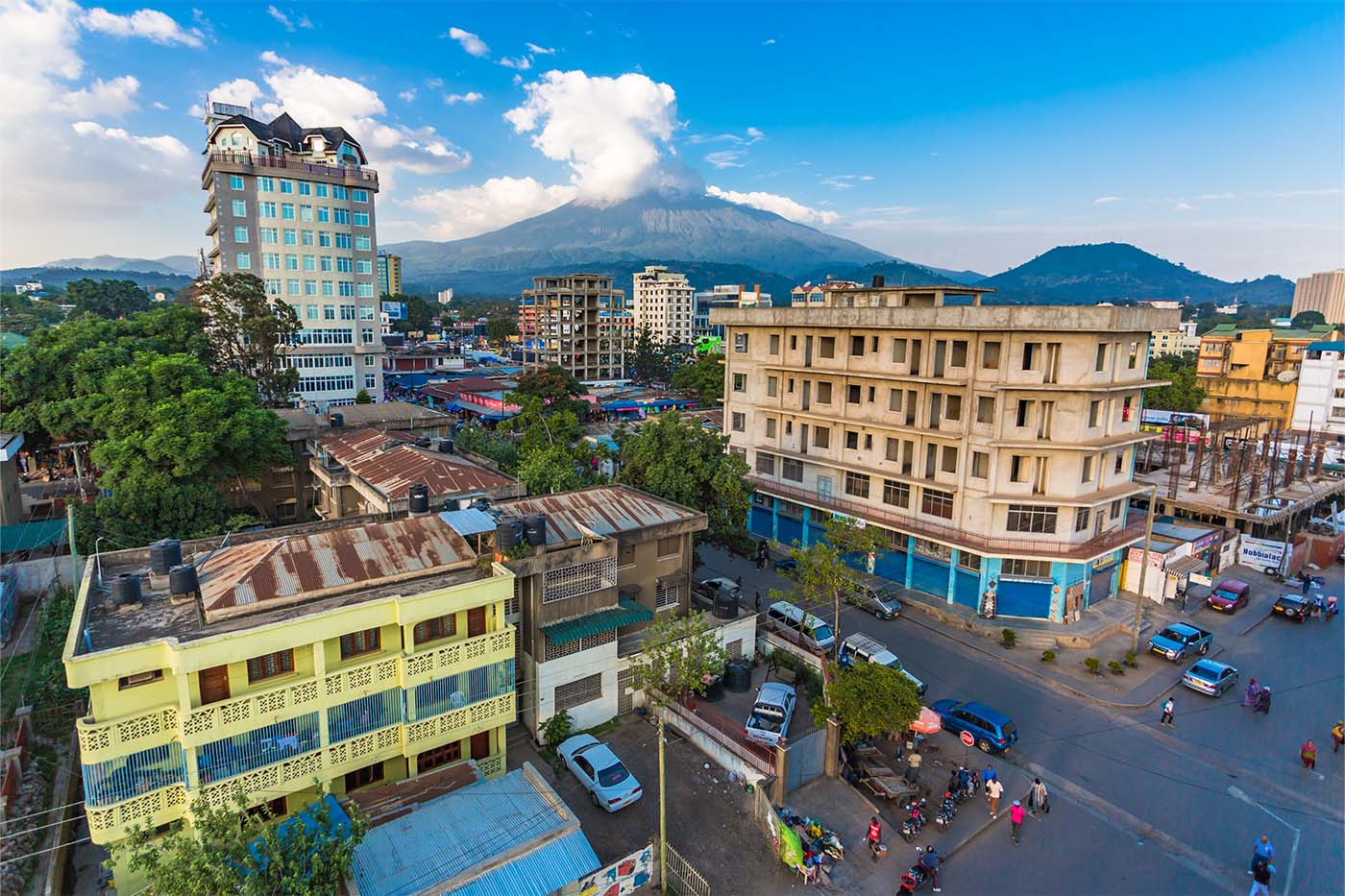
You will be picked up at the Kilimanjaro International Airport by our Alaitol Safaris Team and transfer you to your hotel in Arusha, you will meet your guide who will brief you on your upcoming trek and do an equipment check to make sure you have all the necessary mountain gear. Gear which is missing can be rented on this day. Overnight at Arusha Serena Hotel Meals: Bed and Breakfast Included
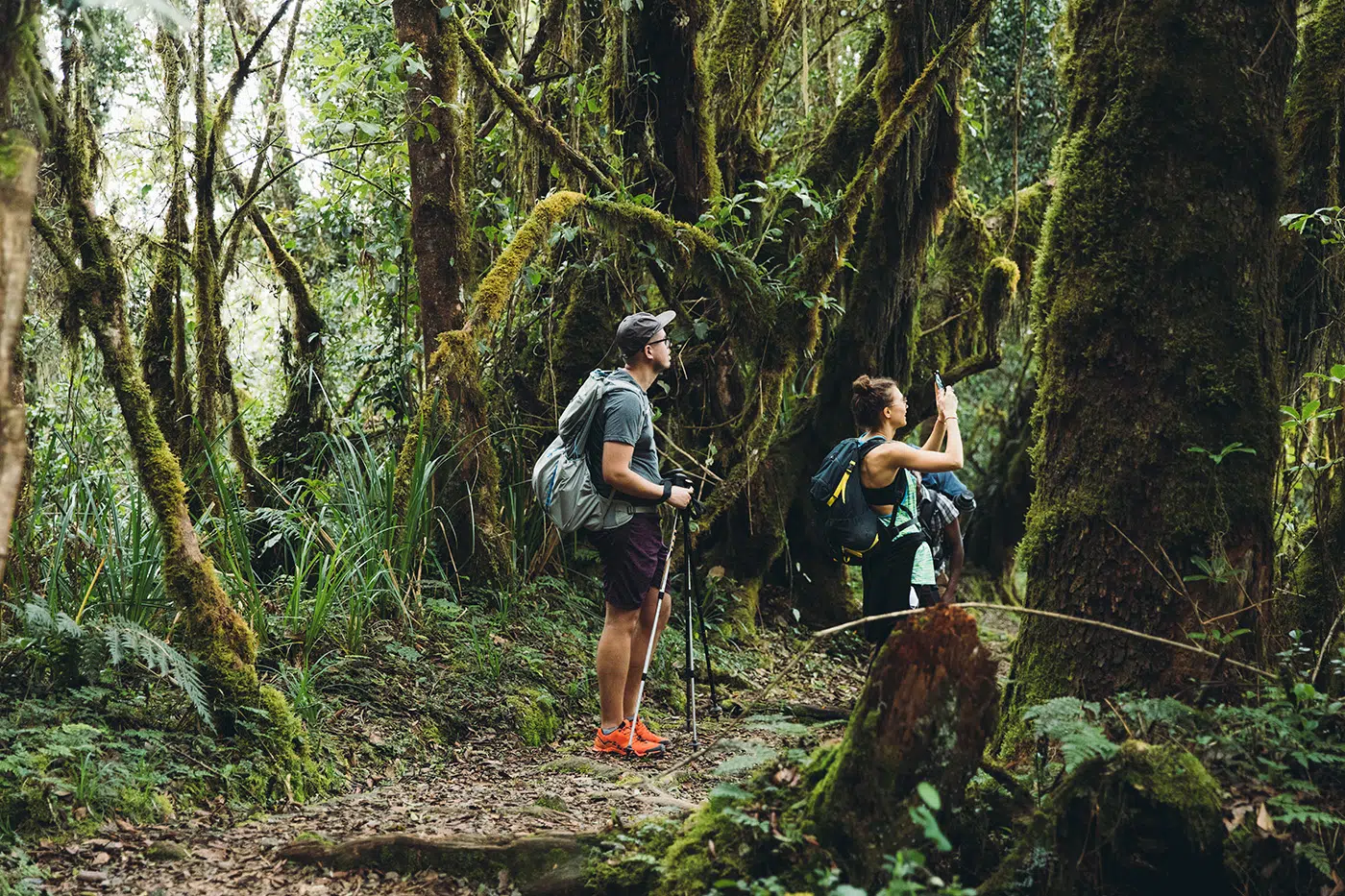
One hour’s drive from Arusha to machame gate. At the gate we Will complete park formalities, meet our crew of porters and start to climb! The first section of the route climbs steadily and passes through magnificent, dense rainforest. This path is less well-trodden so it can get somewhat overgrown in places and it is often wet and muddy underfoot Overnight: Machame Camp (9,850') Hours trekking: 5-7 Meals: Breakfast, Lunch & Dinner Included
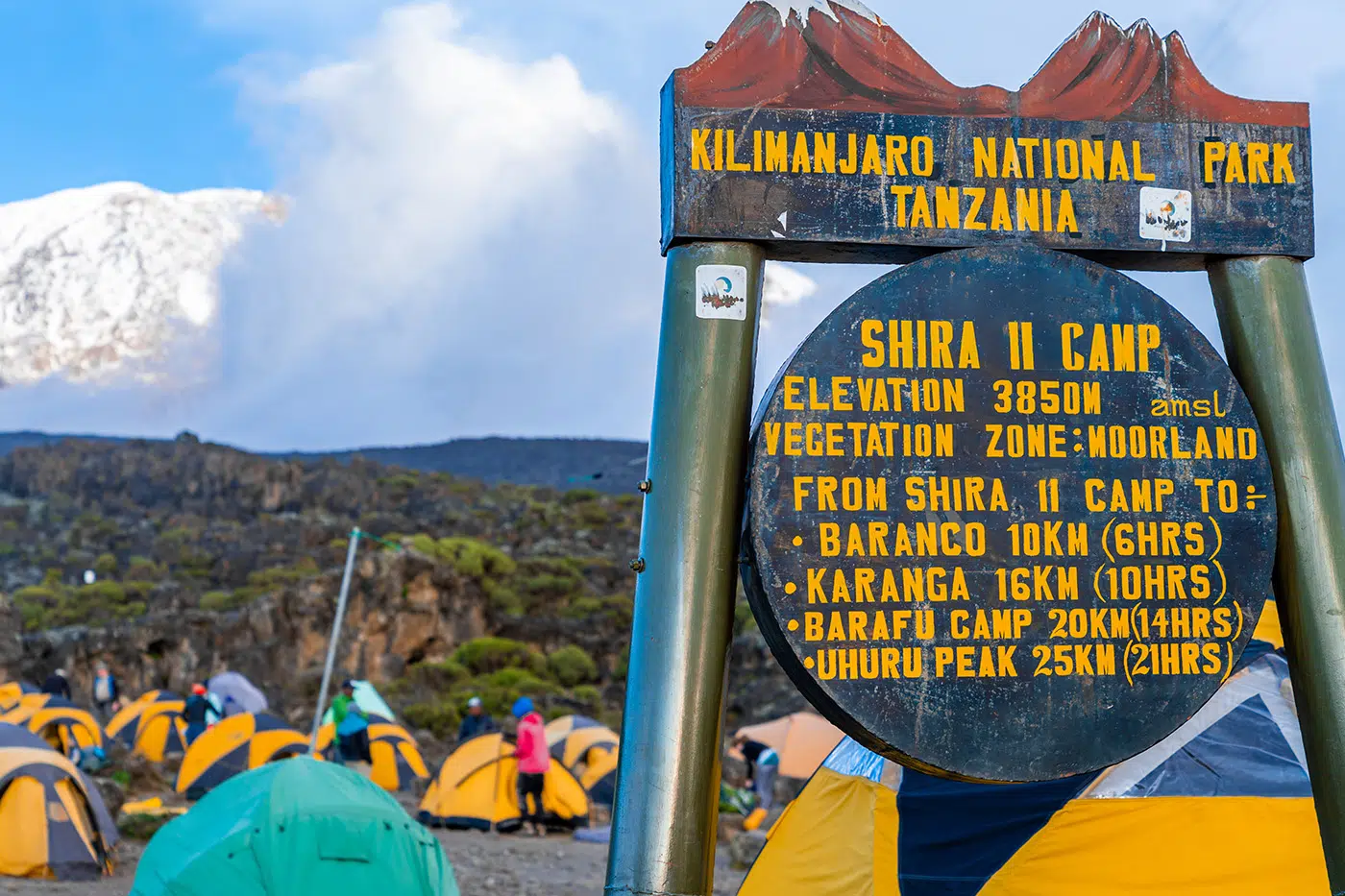
Vegetation gets sparser as you ascend into the heath, where alien-looking giant groundsels tower over the rocky slopes. Overnight: Shira 2 Camp (12,795') Hours trekking: 4-5 Meals: Breakfast, Lunch & Dinner Included

A challenging scramble up the Barranco Wall is rewarded with breathtaking views from the top. Continue over ridges and valleys before a steep hike to camp. Overnight: Barranco Camp (13,004') Hours trekking: 6-7 Meals: Breakfast, Lunch & Dinner Included
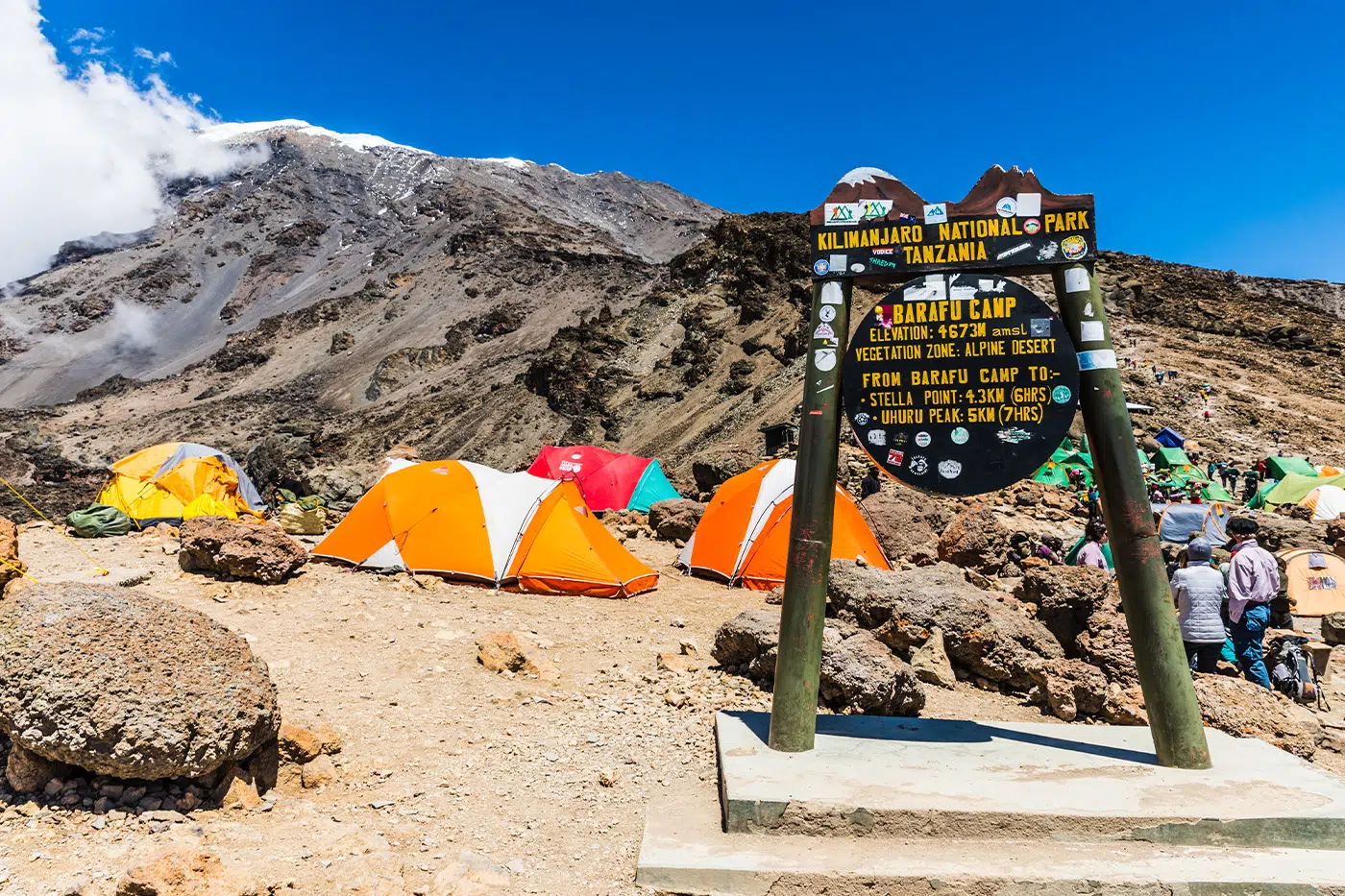
As you near the summit, the landscape starts to resemble the surface of the moon. Keep an eye out for towering lava formations, remnants of Kili's fiery past. Overnight: Barafu Camp (15,331') Hours trekking: 2-3 Meals: Breakfast, Lunch & Dinner Included
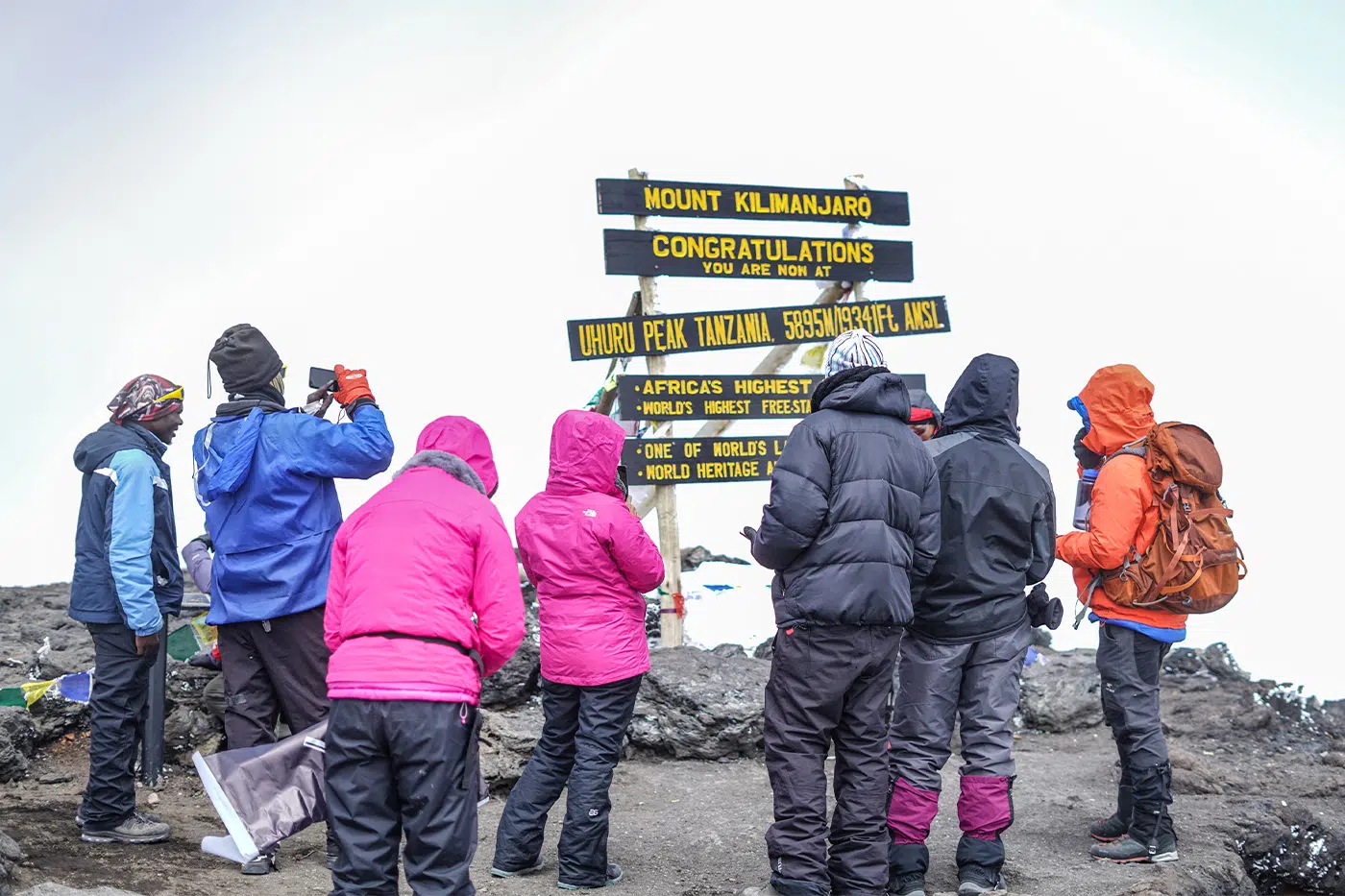
Headlamps snaking up the mountain light your way during an overnight summit bid. Celebrate your success at Uhuru Peak (19,341') with a few quick pictures at the top before trekking much of the way back down the mountain. Overnight: Millennium Camp (12,959') Hours trekking: 8-10 ascent to summit/ 4-7 to descent to camp Meals: Breakfast, Lunch & Dinner Included

Complete your descent through the rainforest to Mweka Gate at 5,364 feet. Our vehicles will be waiting to take you back into town for a shower and some rest before your transfer to the airport this evening. Day room: Planet Lodge Hours trekking: 4-6 Meals: Breakfast & Lunch Included
Yes, Kilimanjaro is accessible to beginners with no trekking experience. The key factor isn’t hiking skills but proper acclimatization, which is best achieved on a 7–8-day route. To improve your chances of reaching the summit, choose a reliable outfitter and follow your guides’ safety instructions. For insights on what to expect on your Kilimanjaro climb, read “What I wish I knew before climbing Kilimanjaro” by Georgia Fowkes, one of our past climbers.
Late December to early March and mid-June to late October are the best times for a Kilimanjaro climb. This is when the Kilimanjaro weather is nearly ideal. Although other months have rain, it doesn't mean there are constant heavy showers. Typically, rains begin in the latter half of the day. This allows trekkers a significant window of clear weather every day during the rainy season. There are also days without any rain.
Climbing Kilimanjaro is moderately challenging but achievable for the average person. With a reputable climbing operator and sufficient time for acclimatization, reaching the summit is possible for most climbers.
A Kilimanjaro trek takes you through five climatic zones, from tropical forests to Arctic conditions. Temperatures range from -15°C (5°F) at the summit at night to +20°C (68°F) at the base. The weather is unpredictable — sunshine can quickly turn to rain or wind and back again. For a safe and comfortable trek, you'll need proper clothing, footwear, sleeping bag, trekking poles, and other essentials.
A moderate fitness level is key to a comfortable and successful Kilimanjaro climb. This means you should be able to run 5 km (3 mi) without difficulty and hike 10 km (6+ mi) in a day. The best ways to train include swimming, cycling, running, and hiking.
The biggest risk on Kilimanjaro is acute mountain sickness caused by poor acclimatization. In severe cases, it can lead to cerebral or pulmonary edema, both life-threatening conditions that cause about ten deaths per year on the mountain. Fortunately, AMS is easy to prevent. Choose a seven-day or longer itinerary, stay hydrated, and walk slowly to allow proper altitude adaptation. Guide expertise is crucial — choose an operator whose Kilimanjaro guides are certified Wilderness First Responders, trained to handle emergencies and evacuations.